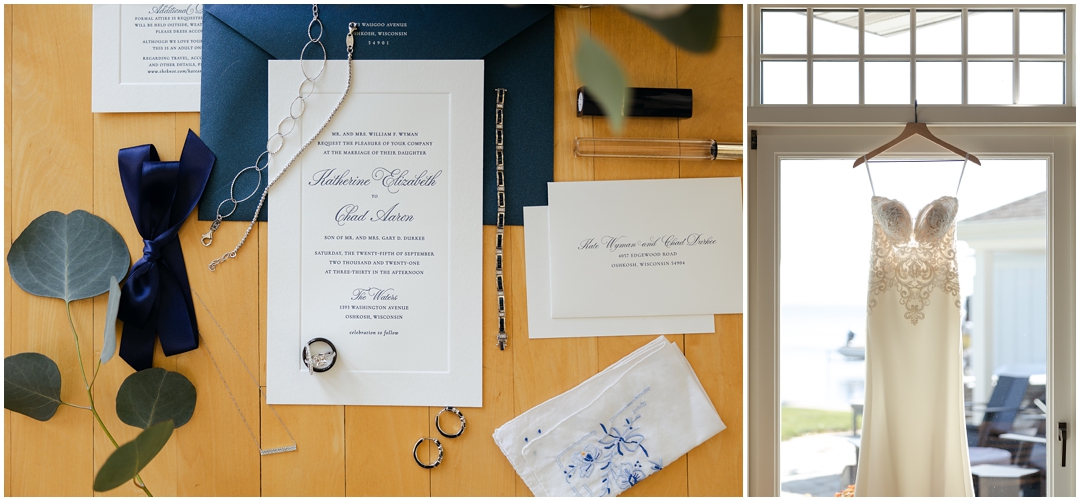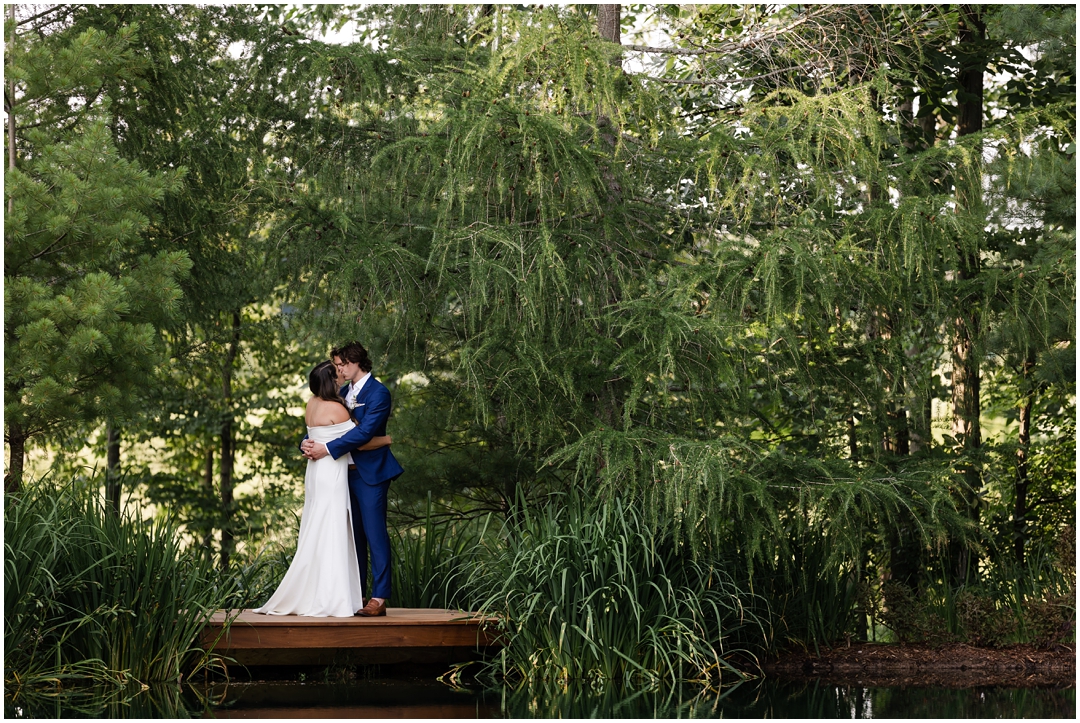6 Things Photographers want Videographers to Know
Some time ago, I wrote a post about the things videographers wanted photographers to know. It was only fitting that I share the same on the photographers perspective.
A wedding day is full of condensed timelines, rushed moments, and fleeting memories. Photographers and videographers are tasked with one of the most important jobs on a wedding day. They are responsible for document the beginning of a love story, heirloom, and family legacy. That’s why its extremely important that these two vendors are on the same page and can document a wedding day flawlessly.
In over 8 years of wedding photography, I’ve seen my fair share of lessons learned and mistakes made. So today, I’d like to share my top 6 things that photographers want videographers to know. All tips are for a typical full coverage (8 hours) wedding day.

Photo: Myself with Best Man Media working flawlessly side by side.
Schedule Sync
With limited time to document some of the formal and wedding party photos during a wedding day, it’s important to sync up. Many times, videographers are hired for the same duration as the photographer or sometimes longer in order to get more of the dancing on motion picture. However, when it comes to the pre-ceremony, it’s important to schedule sync.
What do I mean by this?
During the pre-ceremony time, there is only a small window to photograph and video all the wedding day details. In this time, photographers will take point on staging the details (dress, shoes, jewelry etc.). In order to avoid delaying when the bride gets dressed, we need to sync schedules. This way, you as the videographer arrives or is ready to get details of the worn items while the photographer has them staged. Waiting to stage after the photographer has already done so not only delays the timeline, but also exposes a dress to more people prior to the ceremony.
If you are arriving prior to the photographer, it is certainly acceptable to stage all the details ahead of time. Doing this allows you to stage them how you’d like and does not interfere with the wedding timeline.
Share the Aisle
We totally understand that being center aisle is ideal for a wedding photographer and videographer. We all want that center shot. So let’s share the aisle. My perfect way of doing this is either side by side in the center, or one shooting high and one shooting low right in the center.
What I do I mean by shooting high and shooting low?
Videographers are usually on tripods or monopods. Such tools allow for raising a camera to record at an elevated level. As photographers, we usually shoot at our eye level and if we are lucky enough to have a stool with us at the time of shooting, we can shoot at whatever height we have then. But during a wedding ceremony, we are handheld and eye level. So if we both want to shoot dead center, raise your camera so that we can duck right underneath you in order to get that very same shot. Or, if on a gimbal, you can shoot low and we can shoot at eye level standing over your shoulder to get the same shot.
By all means, I’m just trying to share that there are multiple ways that we can both get the same perfect shot we want without making it a competition.
Mobility and Consistency
As photographers, we are a bit more mobile. During ceremony times or first dance etc, we will often move around quickly for our shots. As a videographer, you are limited to your mobility and we understand that. It is helpful if you remain consistent so that we can be sure to work around you in ease without wondering if we are getting in your way.
If you have cameras staged in 3 areas, it will be impossible for the photographer to block every single angle that you are recording. Hence, there will be times where we will knowingly step in front of your recording fully aware that you are already capturing the same moments on two other systems. We won’t know this if you are constantly on the move during a ceremony. Consistency is key so that we can know what you are getting and when, so that we can be mobile enough to work with you well.
Double Up during Portraits
The portraits section of a wedding day consists of family formals, wedding party images, and bride and groom images. We all understand that on a wedding day, we may be limited to as little as 30-45 minutes to document all of this on both mediums. If we have an ideal day, we have an hour to hour and a half. On a perfect day, we have an hour and half to two hours. But let’s be honest, we don’t always have the perfect days and timelines don’t always start and end when they are scheduled to.
Hence, it’s important to double up during this time. As a photographer, I coach all my couples and wedding party to interact with each other even during the in-between shots because I know that the videographer is documenting and rolling as we go. This may add an extra 15 seconds to some of my images I’m shooting, but it also adds time for the videographer to catch movement, laughter, true smiles and emotion. And all while not taking time away to redo an entire scene we’ve just staged as the photographer.
Double up and document your footage at the same time. If you generally like to do something special, inform us ahead of time so that we can incorporate that action items into the posing and staging of the day so that we don’t have to split off and do things twice. Limited times means we need to work smarter. Working smarter for the betterment for documenting the wedding day and keeping the wedding fresh is key to providing a fantastic multimedia customer experience.
Communicate
It’s standard to hire a wedding photographer but not always to hire a videographer. Therefore, a majority of the time, we are not aware that a videographer has been hired. As the videographer, reach out to the photographer immediately after you’ve booked the wedding and communicate.
Start your conversation early and sync up with your general proceedings of a wedding day. Heck, share horror stories with each other and laugh about them. Then share how your collaboration will be different and how. It’s is so so important to keep an open line of communication. The bride and groom are counting on us to be professionals and document their wedding day flawlessly. This happens when there is clear communication.
Kindness
Yes…I’m getting soft on you. But in reality, kindness will help any negative situation you may encounter. People in general are not malicious and mean. (I said “in general”). So open your heart and your mind to the possibility that if either party seems rude or short, there must be a reason and offer kindness to resolve the situation so that we can both see the day through and smile at the end up it giving hugs to each other and hoping to work together again.
Let’s not assume the worst in each other. If we can be kind to each other, there is no difference that we can’t work through to ensure a wedding day flows smoothly. In the end, doing all the following will allow for a positive work day, beautiful memories documented, and most importantly, a most delighted couple that will sing praises of you both.




Great article Colleen! I realize more than ever how aware you have to be of every second of your shoot! Staying focused is so imp (play on words intended, lol), you can’t be distracted at all! Wow, that in itself would be nerve wracking!! You also have excellent writing skills girl! Proud of you, Ann